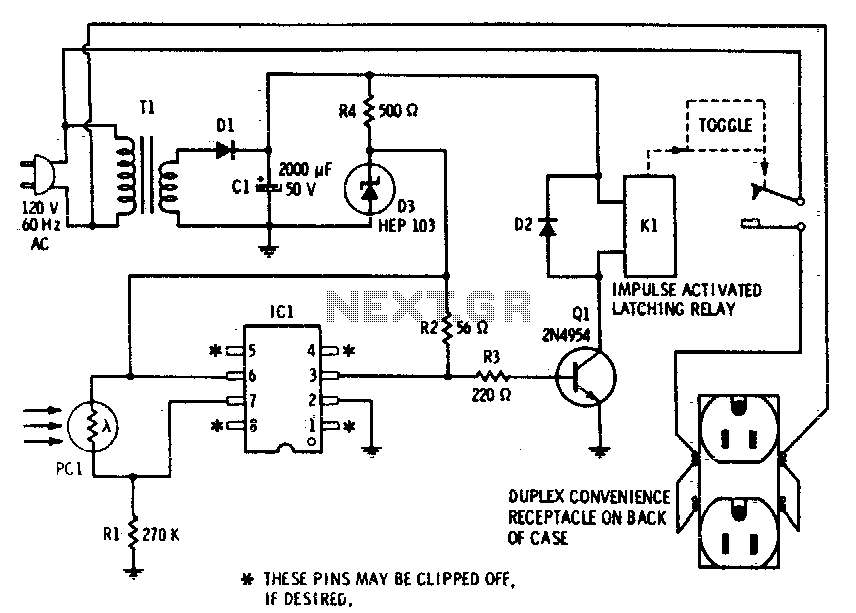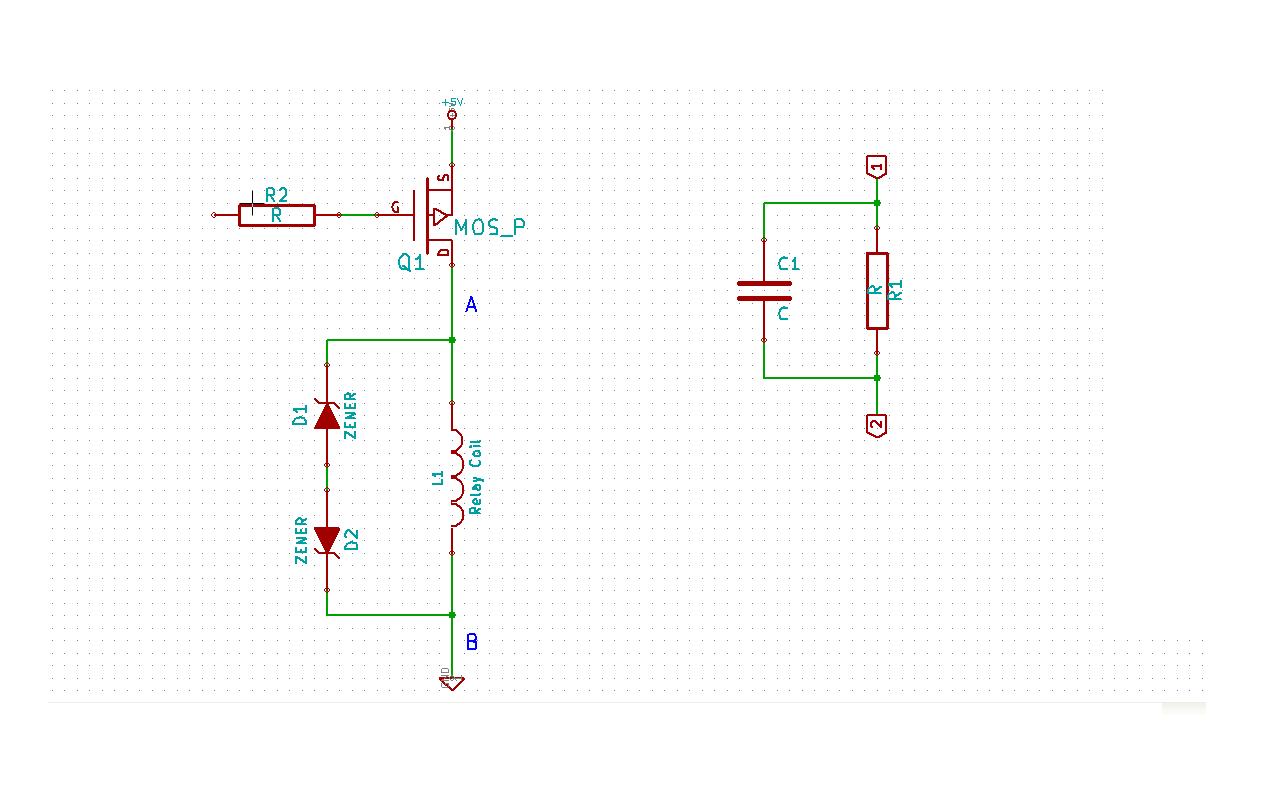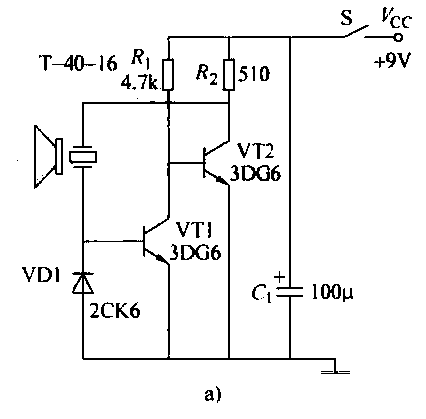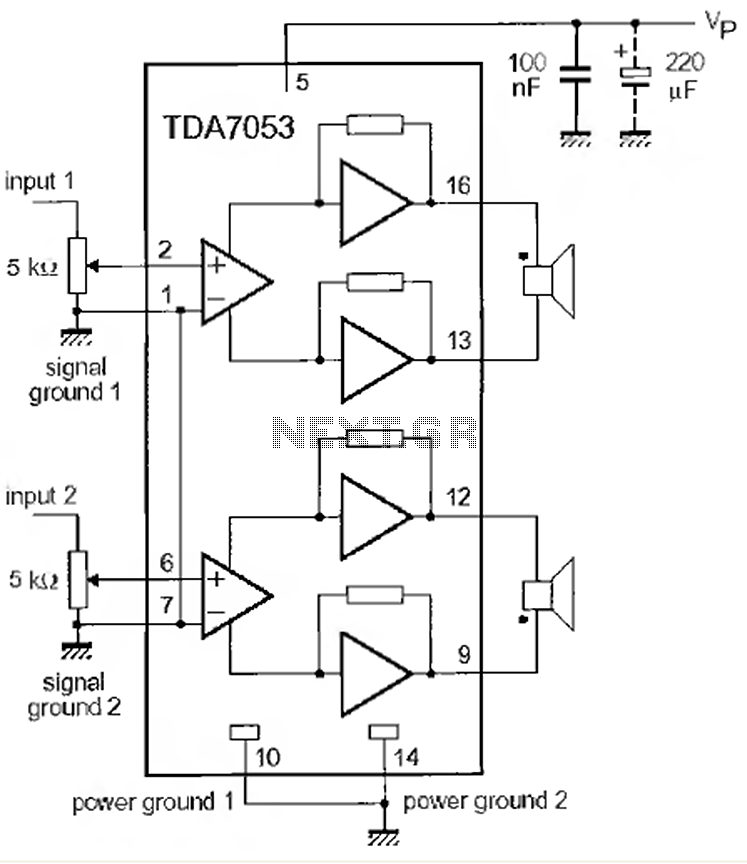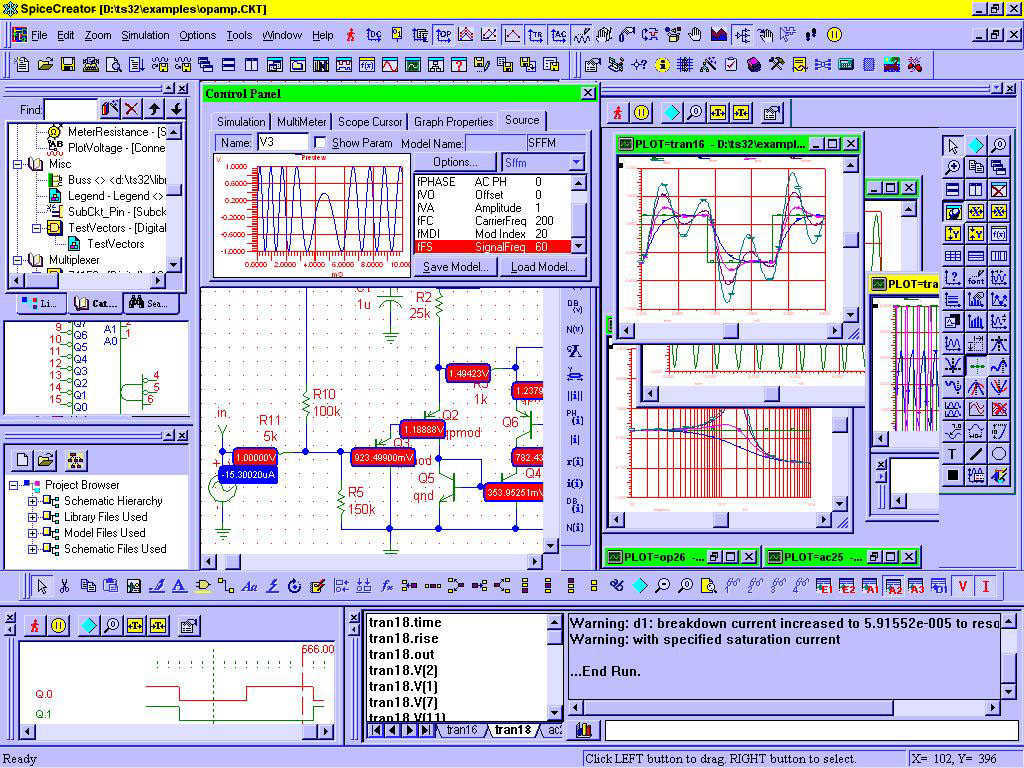
Coin cell battery to 3.3V with Joule Thief circuit

It is a self-oscillating voltage booster. It is relatively simple to build and it will allow you to use almost all the power in the battery, even when its voltage is low.
The self-oscillating voltage booster is a circuit designed to increase voltage from a lower level to a higher level, making it particularly useful in applications where battery power is limited. This type of circuit operates without the need for an external clock signal, relying instead on the feedback mechanism inherent in its design to generate oscillations.
Typically, the circuit consists of an inductor, a switch (often a transistor), a diode, and a capacitor. The operation begins when the switch is closed, allowing current to flow through the inductor, which stores energy in the form of a magnetic field. When the switch opens, the sudden collapse of the magnetic field generates a high voltage across the inductor. This high voltage is directed through the diode to the output capacitor, where it is stored for use.
The simplicity of this design lies in its ability to self-oscillate. The feedback loop created by the inductor and the switch ensures that the circuit continues to operate without external control. As the output voltage rises, the circuit can adapt to varying load conditions, maintaining stable output even as the input voltage from the battery decreases.
This voltage booster is particularly effective in applications such as powering LEDs, microcontrollers, and other low-power devices where battery efficiency is crucial. By maximizing the usable energy from the battery, this circuit can extend the operational life of battery-powered devices, making it an invaluable component in portable electronics.
Proper selection of components, particularly the inductor and switching transistor, is essential for optimizing performance. The inductor must be chosen based on the desired output voltage and current, while the transistor should be capable of handling the switching frequency and power levels involved. Additionally, the output capacitor should be selected to minimize voltage ripple, ensuring a stable supply to the load.
Overall, the self-oscillating voltage booster represents an efficient and effective solution for voltage conversion in battery-operated devices, facilitating maximum utilization of available energy.It is a self-oscillating voltage booster. It is relatively simple to build and it will allow you to use almost all the power in the battery, even when its 🔗 External reference
The self-oscillating voltage booster is a circuit designed to increase voltage from a lower level to a higher level, making it particularly useful in applications where battery power is limited. This type of circuit operates without the need for an external clock signal, relying instead on the feedback mechanism inherent in its design to generate oscillations.
Typically, the circuit consists of an inductor, a switch (often a transistor), a diode, and a capacitor. The operation begins when the switch is closed, allowing current to flow through the inductor, which stores energy in the form of a magnetic field. When the switch opens, the sudden collapse of the magnetic field generates a high voltage across the inductor. This high voltage is directed through the diode to the output capacitor, where it is stored for use.
The simplicity of this design lies in its ability to self-oscillate. The feedback loop created by the inductor and the switch ensures that the circuit continues to operate without external control. As the output voltage rises, the circuit can adapt to varying load conditions, maintaining stable output even as the input voltage from the battery decreases.
This voltage booster is particularly effective in applications such as powering LEDs, microcontrollers, and other low-power devices where battery efficiency is crucial. By maximizing the usable energy from the battery, this circuit can extend the operational life of battery-powered devices, making it an invaluable component in portable electronics.
Proper selection of components, particularly the inductor and switching transistor, is essential for optimizing performance. The inductor must be chosen based on the desired output voltage and current, while the transistor should be capable of handling the switching frequency and power levels involved. Additionally, the output capacitor should be selected to minimize voltage ripple, ensuring a stable supply to the load.
Overall, the self-oscillating voltage booster represents an efficient and effective solution for voltage conversion in battery-operated devices, facilitating maximum utilization of available energy.It is a self-oscillating voltage booster. It is relatively simple to build and it will allow you to use almost all the power in the battery, even when its 🔗 External reference

